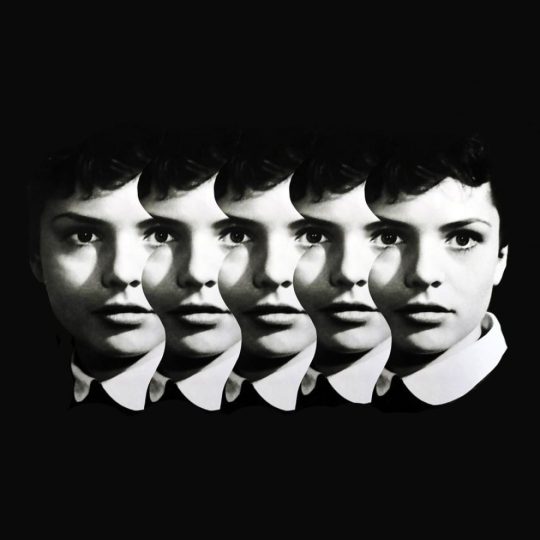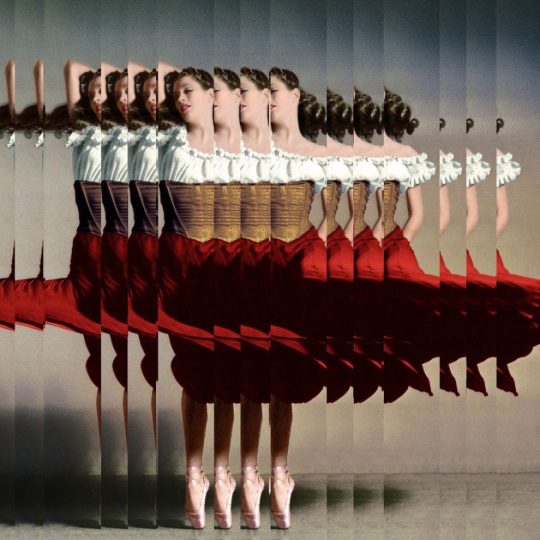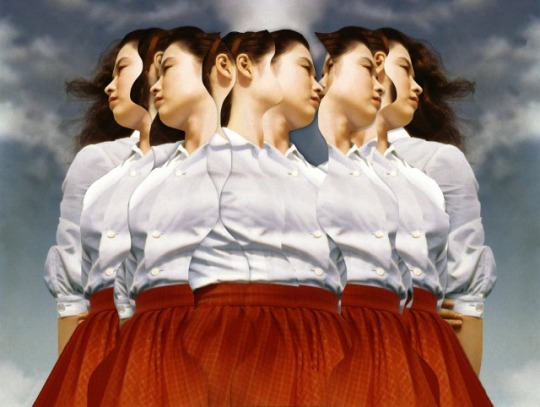#matthieu bourel
Explore tagged Tumblr posts
Text
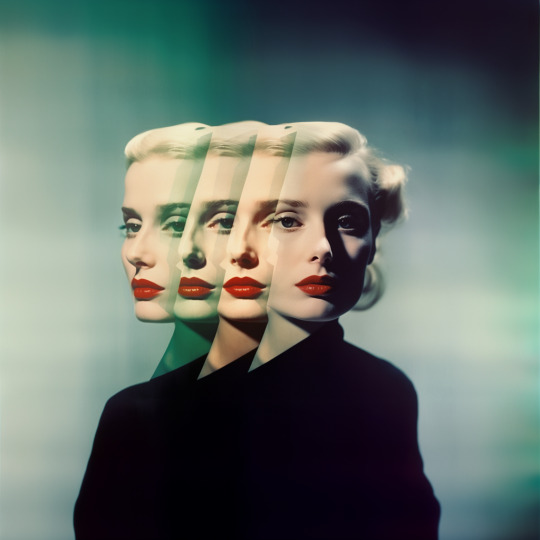
Mouvement / in·ci·ta·tion (2023)
"the atmosphere of neglect and abandonment was almost tangible"
624 notes
·
View notes
Text
Les collages et GIF de vieilles images de Matthieu Bourel
Nouvel article publié sur https://www.2tout2rien.fr/les-collages-et-gif-de-vieilles-images-de-matthieu-bourel/
Les collages et GIF de vieilles images de Matthieu Bourel

4 notes
·
View notes
Text

FROM THE ARTIST DIRECTORY
Data-ism
Berlin, Germany. For Matthieu Bourel, "Data-ism" refers to the power of images and their combinations; therefore, all kinds of diversions, as well in music, sounds or films. Playing with elements, to make it his. In collage, he likes to watch every picture as the point of departure for a story. Various duration, gathered in one. to evoke a fake history or inspire nostalgia for a period in time that never truly existed. Sometimes further to a decision. Mostly random. the obsession of collecting disparate images from books, old magazines and other found material becomes as much a part of the emerging image as the mark-making. MORE
*****************************
Kolaj Magazine, a full color, print magazine, exists to show how the world of collage is rich, layered, and thick with complexity. By remixing history and culture, collage artists forge new thinking. To understand collage is to reshape one's thinking of art history and redefine the canon of visual culture that informs the present.
SUBSCRIBE | CURRENT ISSUE | GET A COPY
SIGN UP TO GET EMAILS
#collage#collage art#collage artist#art#artist#art project#art books#art education#zine#art magazine#book art#contemporary art#artwork#modern art#fine art#digital art#vintage art#art show#artist portfolio#artist residency#artist profile#artists books
25 notes
·
View notes
Text
What Life Is Like When Your Brain Can't Recognize Faces
The common neurological disorder affects roughly 2 percent of the population. Author Sadie Dingfelder shares her perspective navigating the world with it.
— By Sadie Dingfelder | August 6, 2024
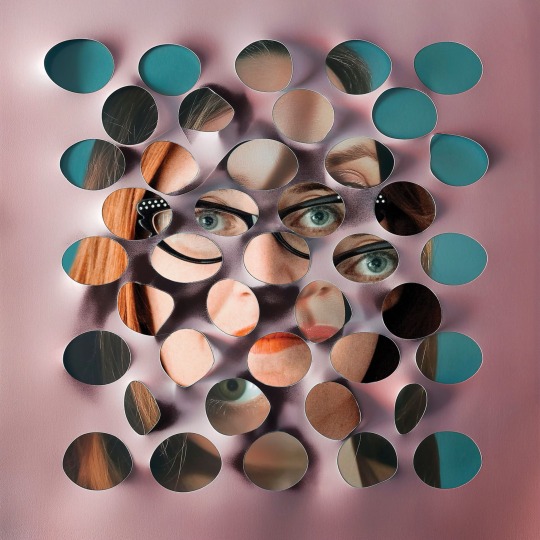
An illustration adds an abstract look on top of a photo of author Sadie Dingfelder. Illustration By Matthieu Bourel, Photo By Oxana Ware
Fifteen pairs of eyes stared into the gloaming. An hour passed before someone spied the faintest wisp of smoke on the horizon. The wisp drew closer, becoming something larger, winged, and muscular: sandhill cranes the color of storm clouds, save for their smart red caps. They swirled around our bird blind, a converted shipping container set into the riverbank to hide us from the cranes, and dropped out of the sky in groups of two or three or five, landing gently in the Platte River in central Nebraska.
“It looks like one big mass of birds,” explained our guide from a conservation group called the Crane Trust. “But they actually stay in family groups for their entire migration.”
“How do they keep track of their mates?” I asked.
“They look alike to us, but I bet they look different to each other,” replied a woman in a green coat. I turned away from the birds to study her face. She had wide-set eyes, a ski jump nose, and short gray hair. Was she the same woman I was chatting with on the van ride here, the one who showed me pictures of her dogs?
She was flanked by two similar looking women, and all three were traveling with their own mates—men who were, to me, interchangeably outdoorsy, middle-age, and white. After the cranes melted into the inky darkness, we humans filed silently out of the blind and trekked across a muddy field, our careful footfalls drowned out by a choir of chirping frogs.
Back in the dining hall, we sat speechless, some of us near tears at the beauty we’d seen. As we began to put our collective wonderment into words, I noticed many of my fellow “craniacs” (our term for crane enthusiasts) were calling me by name. It wasn’t strange by any means. After all, we’d spent the past six hours together, chatting over drinks, getting settled in our cabins, and then packing ourselves tightly into vans. But, hard as I tried, I couldn’t draw forth any of their faces or names.
To my eye, humans are nearly as interchangeable as cranes, and I only recently discovered why. I have a neurological disorder known as prosopagnosia, or face blindness. Some people end up with this condition through brain injury, but most cases are genetic in origin—and this version, known as developmental prosopagnosia, affects 2 to 2.5 percent of the population. It touches nearly every aspect of our lives, from dating to networking to making friends, and yet it goes largely undiagnosed. This is because, like most people, folks with face blindness assume that everyone else sees the world the same way as we do. We don’t realize that other people perceive faces as distinctive and highly memorable. A case in point: Bill Choisser, who coined the term “face blind” in the late ’90s, once asked his partner, “Why do TV shows have so many close-ups of actors’ faces? How are we supposed to tell them apart if we can’t see their clothes?”
As a kid, all I knew was that I couldn’t seem to make any friends. I’d hit it off with someone one day and then treat them like a stranger the next. I later found out that my classmates, quite reasonably, thought that I was aloof, or weirdly hot and cold. To fend off loneliness, I would read constantly, usually series like The Baby-Sitters Club or Sleepover Friends. I dreamed of having not just one pal but many. I yearned for the safety of a flock.
In college I abruptly switched strategies—from treating everyone like a stranger to treating everyone like a friend. Walking to class, I’d stop and chat with anyone who so much as glanced my way. It was, I thought, a major improvement. So it went for another 20 years. I knew everyone without really knowing anyone, save a handful of best friends and a boyfriend, all of whom tended to be visually distinctive, or at least very loud. It never occurred to me that this might be a strange way to live.
Not long after I turned 39, I began writing down funny stories from my life, pushing to meet a personal deadline to write a book by 40. Since I was working at the Washington Post at the time, I sent drafts to friends who also happened to be award-winning journalists. They had questions: Why are you always lost? Why do you regularly have no idea who you are talking to? Why is your life shot through with so much ambiguity and confusion?
Other people might have consulted a neurologist, but as a science writer, my first instinct was to sign up for studies. One, run by researchers at Harvard, involved brain scans followed by nearly 30 hours of intensive face-recognition training. My scores in the program improved, but whatever skills I learned during the exercises did not translate to real life. Somehow, I figured out a work-around for tests that were all but impossible given my unusual brain—and this is how I (and most face-blind people) get through life. We figure it out. We adapt.
This is also true for the sandhill cranes. When humans replaced wetlands with farmlands, the birds adapted their diet to include crops like corn. The sandhills, however, are uncompromising in at least one regard: They need wide, shallow waterways to roost in—and that’s why, during much of the year, Crane Trust staff mow down saplings and prevent shrubbery from rooting along the riverbanks. As a result of this adaptability and assistance, sandhill crane populations have been steadily increasing every year.
While I don’t require much accommodation these days, except for the occasional name tag, I do worry about all the lonely face-blind kids out there—as well as people who have other neurological differences. What could we as a society do to make the world more hospitable to the largely unacknowledged diversity of human brains and minds? Where should we be clearing riverbanks?
It was late when we got back to our cabins, but I was still curious about the cranes. I skimmed a few papers before going to bed, and I discovered that cranes probably do look alike, even to each other. But their calls are distinctive. Each bird has its own signature sound, and their voices can carry for miles. This is how cranes keep track of their family members throughout their migration—not with their eyes but their ears.
I should have known. While the cranes looked the same to me, I noticed one particular bird that stretched its neck long and made a sound like an angry clarinet. “It looks like he doesn’t like where his family has roosted,” my friend in the green jacket observed. It was impossible to know, but I suspected she was right. The world is a cacophony of consciousnesses, all so different from your own. But sometimes, if you’re quiet, perceptive, and lucky, you can hear another singular voice piping through the din. I drifted to sleep that night feeling a deep kinship with the cranes, comforted by the knowledge that while my vision may sometimes fail me, my curiosity never will.
2 notes
·
View notes
Text

Mvmnt / Per·plex (2023)
trouble with uncertainty
514 notes
·
View notes
Text
Collage Artist research
Matthieu Bourel
Yul Brynner (2013)


Duplicity IX - sterling (2019)

Broken mirror (2020)
Matthieu Bourel is a Berlin based artist who works primarily with photomontage and collage. He uses cut - and - paste collage along with digital editing to create works like above . His work is described as ‘ Data-ism ‘( digital version of Dadaism) with an element of surrealism .
‘Bourel’s collages often appropriate images of classic Hollywood stars, which he deconstructs with dark irony’ , Bourel rearranges his characters face to resemble something like a puzzle.
I like the surreal polished quality to his collages , taking ordinary images of celebrities and transforming them into a I’ll fitting puzzle pieces giving them a different meaning. Bringing more emotions to a portrait, from a simple smile, to something eerie and scared. That is what I would like to incorporate in my collage , more meaning and different emotions through cut and paste .
12 notes
·
View notes
Text
Photo Series
Matthieu Bourel - Website
Tumblr
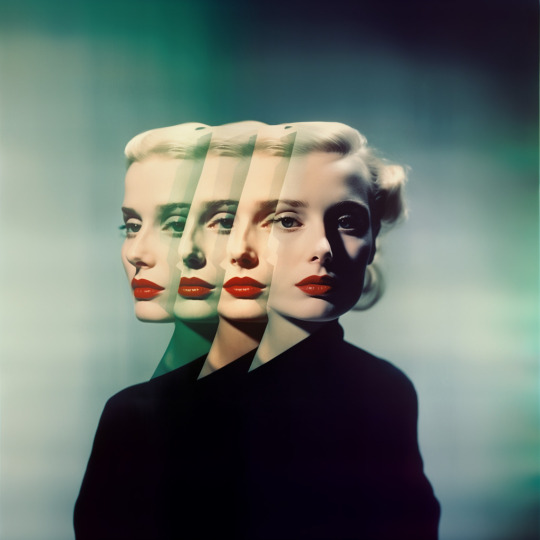
Mouvement / in·ci·ta·tion (2023)
163 notes
·
View notes
Text
De nouvelles images anciennes en GIF surréalistes par Matthieu Bourel
Nouvel article publié sur https://www.2tout2rien.fr/gif-surrealistes-par-matthieu-bourel/
De nouvelles images anciennes en GIF surréalistes par Matthieu Bourel
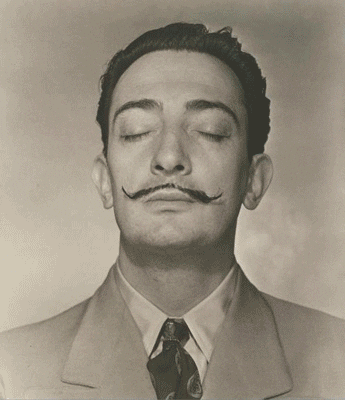
5 notes
·
View notes




